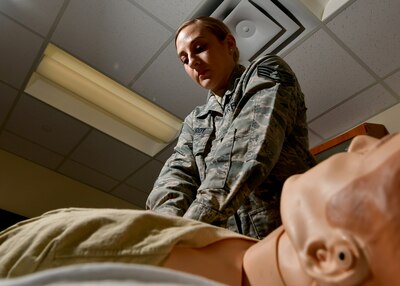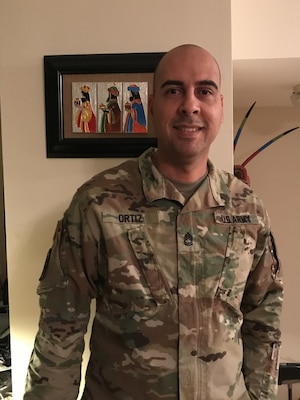By Jim Garamone DoD News, Defense Media Activity
WASHINGTON, Dec. 29, 2017 — There is a blurring line that
separates conventional operating forces from special operations forces and the
defense secretary expects general purpose forces will eventually shoulder
missions once the province of their special forces brethren.
Defense Secretary James N. Mattis told Pentagon reporters
today that the experiences of war since 9/11 have blurred the lines.
This change will not be enshrined in strategy, he said, but
will come about as a result of policy and the growth of general purpose forces’
capabilities.
Growth of General Purpose Force Capabilities
Mattis said he expects more general purpose forces to take
on missions in Iraq and Syria. “In the Trans-Sahel [region of Africa], many of
the force supporting the French effort are general purpose forces,” the
secretary said.
If a mission comes up, the secretary said he’ll determine
the parameters of it and pass that to the chairman of the Joint Chiefs of
Staff. The chairman will then determine what forces take on that mission. They
may be special operations forces or general purpose forces with unique
capabilities.
U.S. Military Evolves Through War Experiences
This is an evolution of the U.S. military spurred by the
lessons of war, the secretary said.
Mattis said he does not want a force that is dominant in
yesterday’s challenges, but irrelevant in today’s. The general purpose force,
he added, is going to have to have the capabilities that were once associated
only with special operations forces.
The secretary gave the example of remotely piloted vehicles.
In 2001, he said, the only people who ran drones were special operations
forces.
In 2007, an Army captain on one street was looking at a feed
from a drone overhead with strike capabilities from the Navy and Army standing
by, the secretary said. In the meantime, a “CIA guy was in his headquarters
talking with one of his agents in an Army brigade,” Mattis said. “That is not
what an Army brigade did in Desert Storm or the Fulda Gap [in what was then
West Germany]. The change happened because war initiated those changes. Those
are now common capabilities.”







